29th Dec 2022
"Italy is finally discovering that it is not only a red wine country."
-Axel Heinz
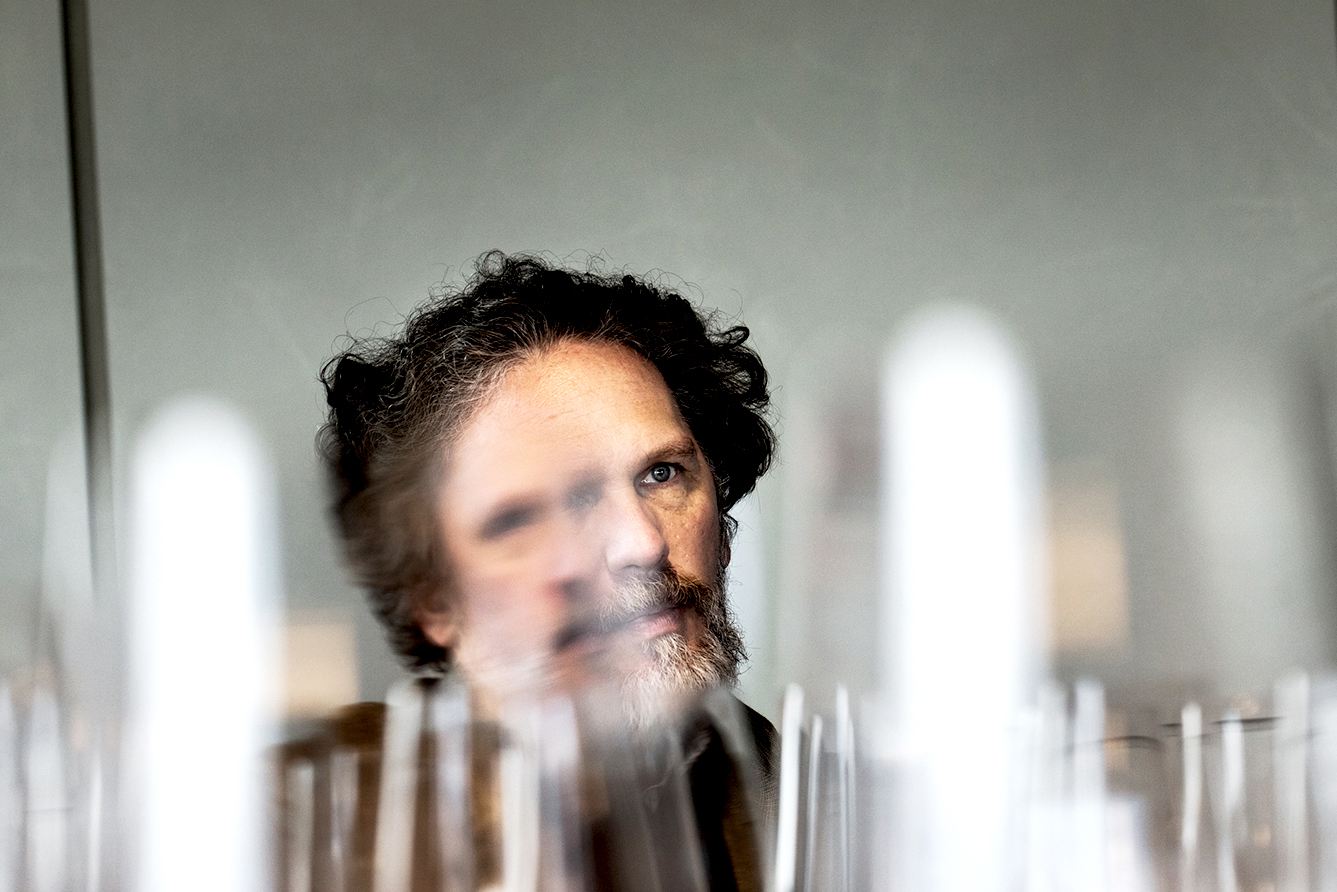
Bianco of His Eye
The wonderfully stylish Michelin House in London is a striking combination of British Art Nouveau and early Art Deco, with stained glass windows and tiled floors. In 1987, Sir Terence Conran opened the Bibendum restaurant in the building, which is now the home of Michelin-starred chef Claude Bosi and his team. It was here, in November 2022, that I attended the first vertical tasting of all vintages of Ornellaia Bianco, from the 2013 vintage to the latest 2019 release. Our hosts were Ornellaia’s Estate Director, Axel Heinz, and CEO, Giovanni Geddes.
"The objective of Ornellaia Bianco is to make the best possible wine. One that speaks of its place."
Ornellaia already has a successful white wine, Poggio alle Gazze dell’Ornellaia, a Sauvignon Blanc-dominant blend. Heinz stated that this wine was at first “a cross between the Loire and New Zealand in style … today we want it to be more strongly rooted in its Mediterranean terroir, hence the introduction of Viognier and Vermentino, but it is in a slightly more immediate style than Ornellaia Bianco”.
Released at the same price as their red Ornellaia, Ornellaia Bianco is the estate’s flagship white wine. Heinz reflected on the fact that they have almost ten years’ experience of making and refining Ornellaia Bianco to be what they really want it to be: “The objective of Ornellaia Bianco is certainly to make the best possible wine … but one that also speaks of its place”. I asked Heinz what the inspiration was for Ornellaia Bianco: “It is difficult to define a model for Ornellaia Bianco as there are virtually no other wines produced locally that can be taken as a benchmark. It will have to be its own model in a certain way. If anything, we would take all great age-worthy whites made in a temperate or hot climate as a model, ranging from Burgundy, Bordeaux, through to the Rhône Valley.”
Since the first vintage in 2013, they have experimented with the blend of grape varieties. The 2013 was 70% Sauvignon Blanc and 30% Viognier, in 2014 it was 74% Sauvignon Blanc, 13% Viognier, and 13% Petit Manseng, and in 2015 and 2016, it was 100% Sauvignon Blanc. Between 2017 and 2019, the blend seems to have settled down to between 81% and 91% Sauvignon Blanc, with the rest Viognier. The high percentage of Sauvignon Blanc and the inclusion of Viognier meant the wine had to start life as an IGT Toscana wine, outside the Bolgheri DOC rules. Since 2021, however, there has been no restriction on the quantities of Sauvignon Blanc, or Viognier allowed, and Ornellaia Bianco will join its red counterpart under the Bolgheri DOC banner.
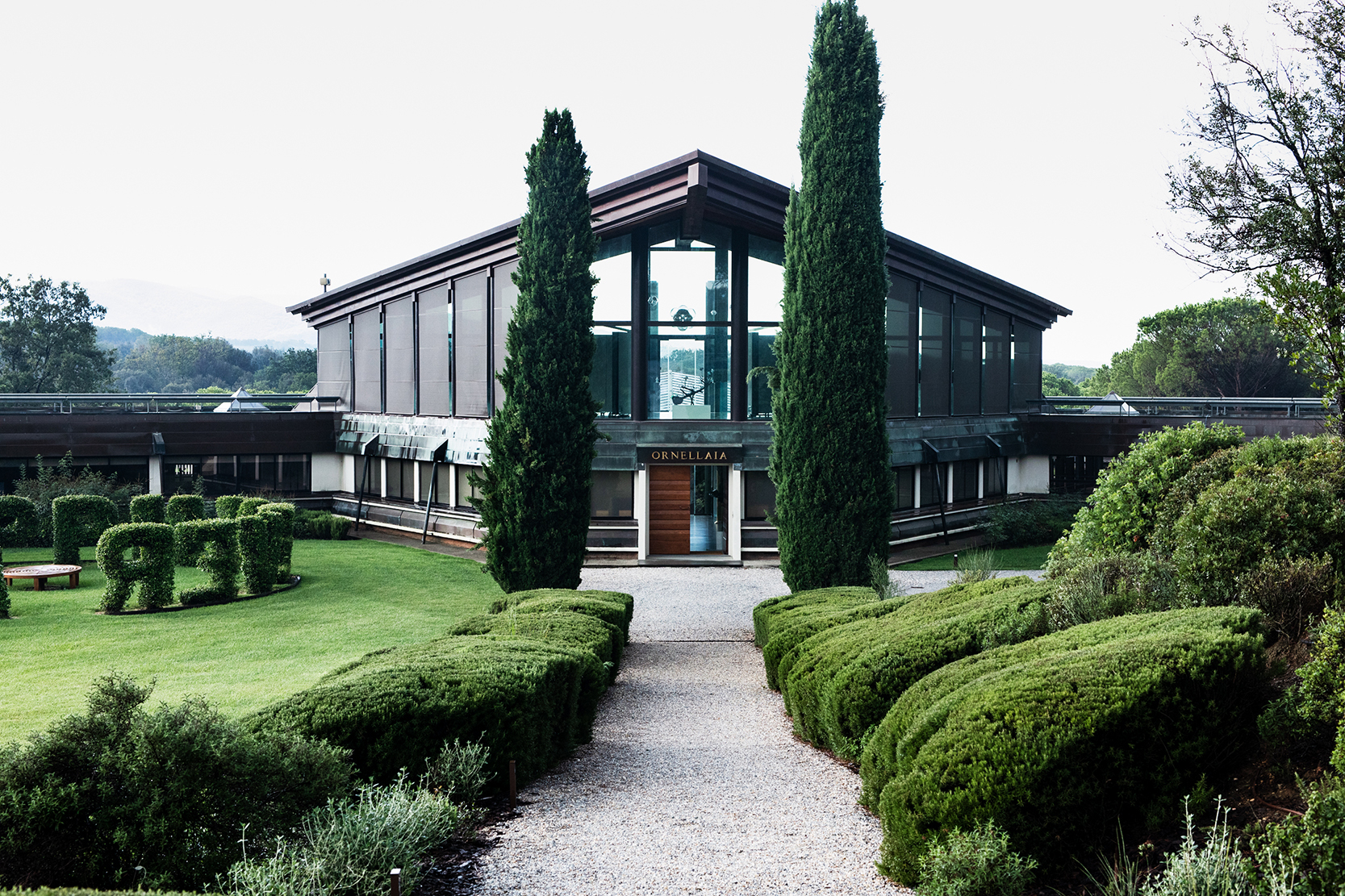
But the experimentation with varieties goes on. Until now, Heinz has excluded Sémillon from the blend, because they wanted more of a Mediterranean feel, to reflect a stronger sense of place, and they felt that Sauvignon Blanc and Viognier filled that role a little better. “Very simply put we wanted to understand if there was a satisfying way to make whites in Bolgheri beyond the Bordeaux model”, says Heinz, adding that as Ornellaia Bianco ages it looks more like Sémillon anyway.
"We wanted to understand if there was a satisfying way to make whites in Bolgheri beyond the Bordeaux model."
“Both Viognier and Vermentino have worked very well for Poggio alle Gazze,” says Heinz, “but Viognier less consistently so for Ornellaia Bianco. With Viognier, there is a fine line between richness and heaviness that is easily crossed,” he explains, “whereas Sémillon is Sauvignon Blanc’s natural partner in Bordeaux that can tame Sauvignon’s exuberant flavors and add texture and weight without heaviness. We have given in and planted our first Sémillon vineyard, which was harvested for the first time in 2022. We shall see how this will work.”
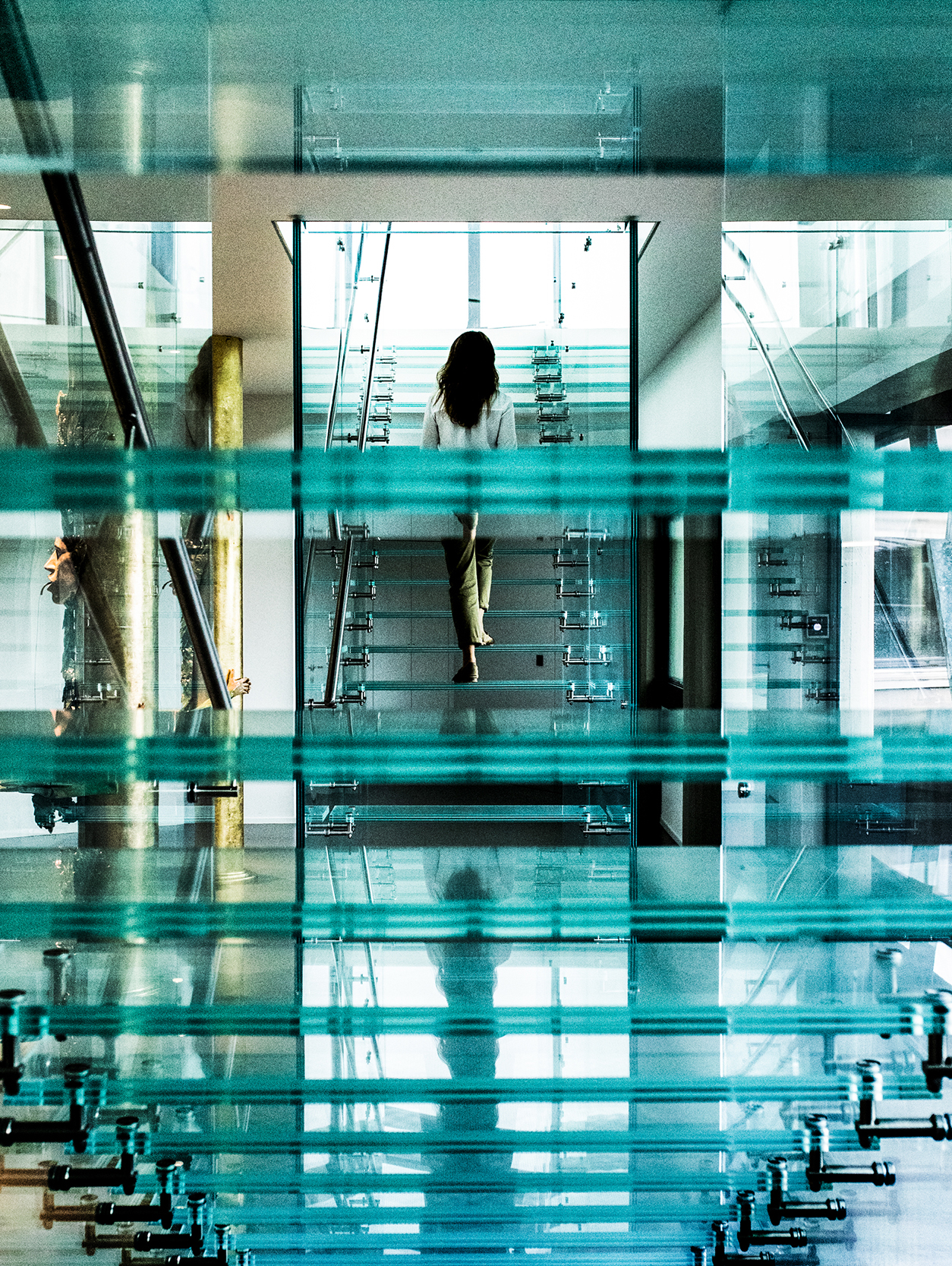
Ornellaia have also experimented with the time in oak. In recent vintages, this has been reduced from sometimes as much as 18 months to 12 months or less “… to preserve more fresh and vibrant aromatics,” as Heinz explains, “… but to still benefit from the textural richness acquired through extended lees aging.” This was brought home to me when I compared the 2015 and 2016 side-by-side. The 2016, although a year younger, seemed much more mature. It had spent more time in barrel—18 months—than all the other vintages. As Heinz observed, this was “… perhaps a tad too long, making for a slightly more evolved wine.”
I was surprised that the 2015 was much fresher and more vibrant because I was expecting to prefer the cooler and more classic 2016s, but, as Heinz explains, 2016 “…was also much drier than 2015, which had seen abundant rain in early August. We are still trying to find out what is more favorable for freshness and aromatic quality of the whites in Bolgheri: cool temperatures or the absence of drought? … both 2019 and 2020, two relatively warm years but without drought stress, have been very successful for the whites, which seems to suggest that limited water stress could be most useful.”
The idea that water stress and dehydration is a more significant factors than temperature in terms of white wine quality is a fascinating one. As wine critics, we tend to characterize vintages as hot or cool. In reality, though, there are a number of weather details that influence the quality of each vintage. These nuances include rain in summer, or at harvest time, or cool or hot night-time temperatures at vintage time that can make a great difference to wine quality.
"Italy is finally discovering that it is not only a red wine country."
With regard to vineyard plantings, Ornellaia always plants several clones of Sauvignon Blanc rather than a single clone. In fact, they have never had even one hectare planted with less than two clones, and they are also doing their own massal selection of Sauvignon Blanc. Originally these vineyards were planted with red grape varieties in mind and so face in a direction to get most of the sun. Recent plantings for white varieties have been on northern slopes and in deeper soils which allow them to ripen the grapes more slowly without gaining very high alcohol levels. In 2018, for example, the last Sauvignon Blanc was picked in mid-September, quite late for white varieties in Bolgheri, but the alcohol was kept to 14%.
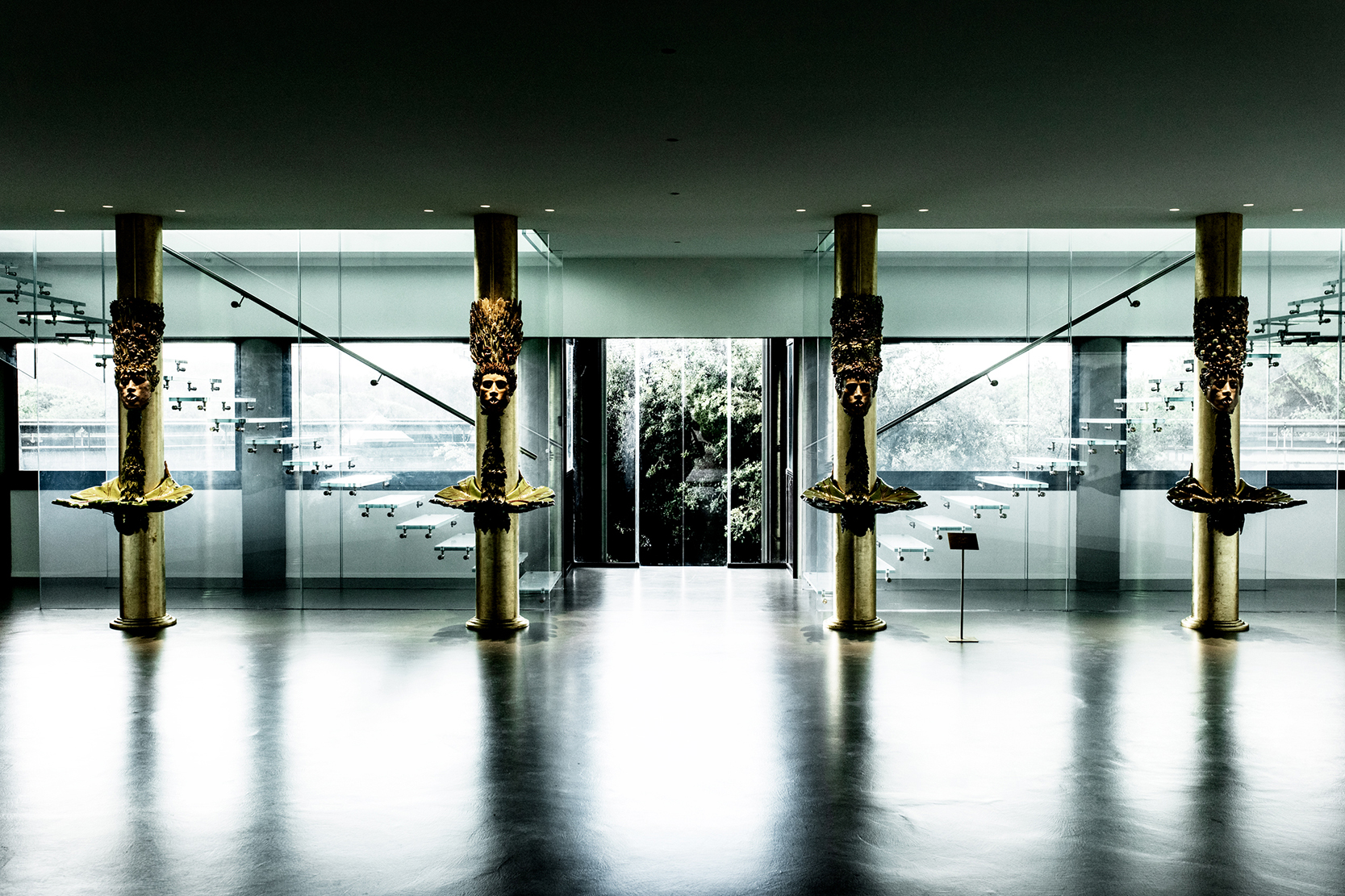
It was very refreshing to have such an open and frank discussion about Ornellaia’s journey to produce the highest-quality white wine, including the experiments along the way. The vintages that stood out for me as the most successful were surprisingly some of those characterized as hotter, namely 2015 and 2017, but I also loved the most recent 2019, with its exceptional vitality, freshness, and energy.
"Ornellaia Bianco has been arguably a rather bold and ambitious statement."
Heinz feels that Italy is finally discovering that it is not only a red wine country but that it can make very good white wines and that Italian producers are gaining more confidence in the quality of their white wines: “Ornellaia Bianco has been arguably a rather bold and ambitious statement. I believe it can help Italy to acquire greater confidence in the field of white wines and show that with passion, hard work, and the appropriate terroir, Italy can compete with the rest of the world not only for the reds but also for the whites.”
–
Article & Reviews by Susan Hulme MW
Photos by Svante Örnberg
See more work from Svante at svanteornberg.se by clicking here!

PRODUCERS IN THIS ARTICLE
> Show all wines sorted by scoreMore articles

2021 Bordeaux in Bottle and A Modest Proposal
24th Apr 2024
599 tasting notes

Pilcrow’s New Releases
18th Apr 2024
7 tasting notes
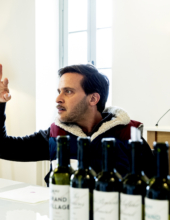
Bordeaux 2023 Primeurs Photo Essay
18th Apr 2024
0 tasting notes
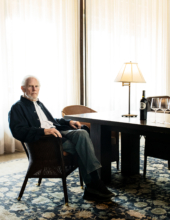
Harlan Estate, BOND, Promontory 2021 and 2011
11th Apr 2024
14 tasting notes
Show all articles